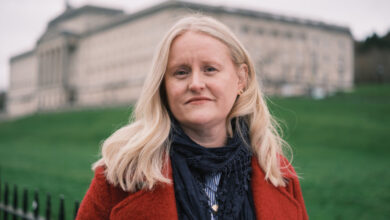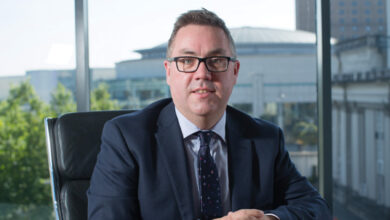Causes of crime
 Andrew Percy discusses the factors which can lead to offending and the value of restorative justice.
Andrew Percy discusses the factors which can lead to offending and the value of restorative justice.
All offenders are personally responsible for their crimes but a number of external factors can also influence the likelihood of a person getting involved in crime. Andrew Percy, a sociologist at Queen’s University Belfast, has been studying crime patterns for 20 years, and sees parenting, poverty and aspiration as three of the most relevant issues when considering the causes of crime.
Percy’s research covers developmental criminology, which looks at the risk factors for offending among young people. Criminologists have identified “low levels of self-control and high levels of impulsivity” as two leading factors. These are often connected to poor, harsh or inconsistent parenting in the home and abusive relationships in their early years. Failure to progress at school “closes off lots of opportunities” and teenagers can drift towards crime as an alternative way to gain income and status.
“Levels of deprivation in particular areas exacerbate these individual risk factors and this helps to explain why there is more crime in certain areas than others,” Percy adds. Young people who benefit from good schools and good parenting may not reach the same “threshold” of offending as those who lack those influences. A teenager taking their GCSEs with a view to going on to university has a lot to lose but others think that they have nothing to lose.
“With some kids, there’s a tipping point where the normal teenage anti-social behaviour develops into more serious offending,” he comments. “Most kids will commit some offence at some stage but the vast majority will grow out of that very quickly.”
Asked to explain Northern Ireland’s lower reoffending rates, compared to Great Britain, Percy points to restorative justice. It’s put to him that this is sometimes seen as the ‘softer option’ compared to other forms of punishment.
“Restorative justice,” he replies, “provides some of the harshest blessings to young people when they come face-to-face with a victim who explains exactly what the impact of an offence has been on them.”
Percy acknowledges that some young offenders will keep offending but the system allows these cases to be prioritised.
This involves much greater surveillance and monitoring by police officers, a quicker response after the offence, and intensive cognitive behavioural therapy so that he or she can understand why they offend and how they can change.
He contends that investment in young offenders’ services is one reason for the fall in crime over the last 20 years.
Other factors include crime prevention initiatives and changes in alcohol consumption – more consumption at home means that drunken individuals are less likely to come into contact with each other and become violent.





